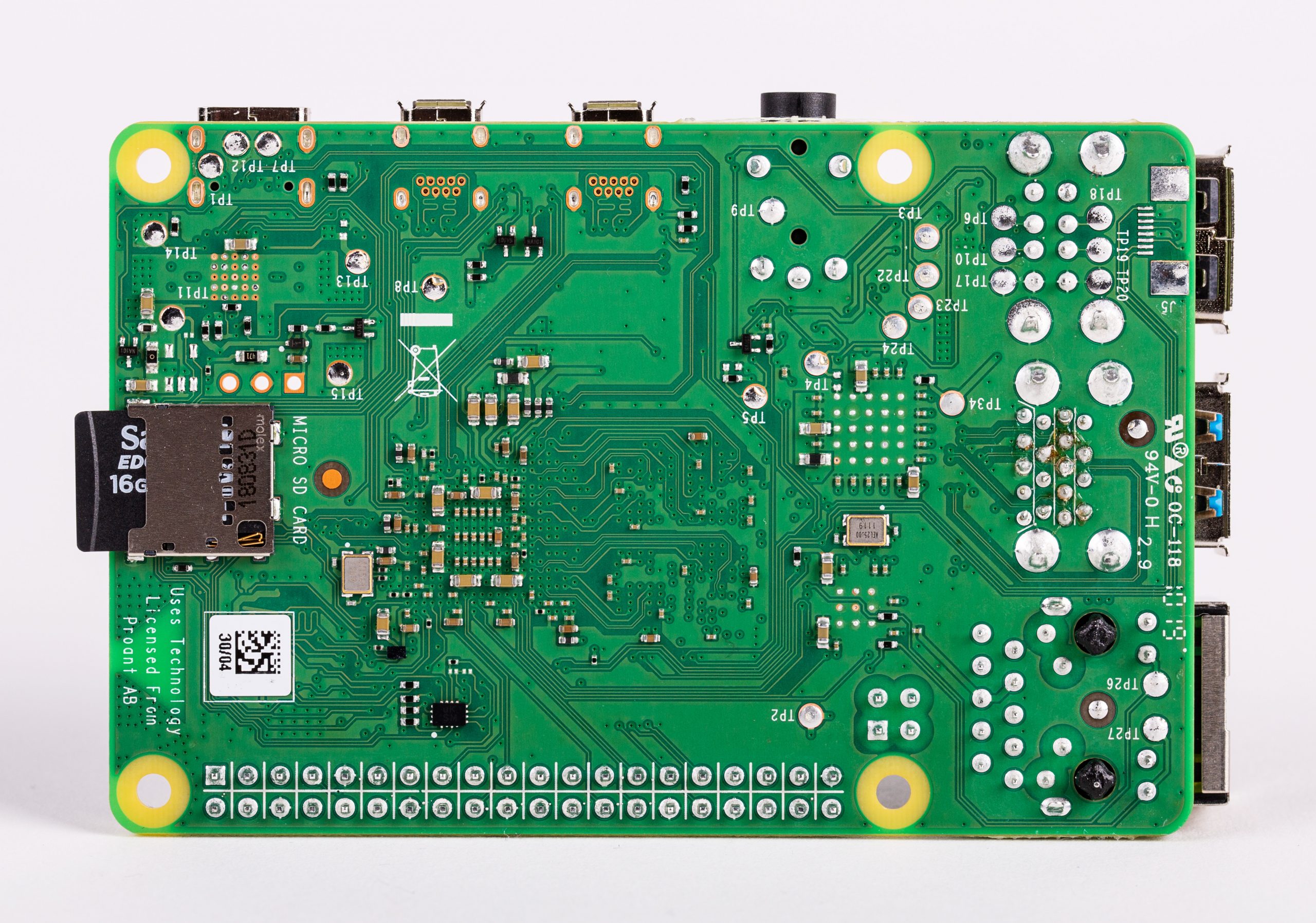
How would you like Pcbnew to handle components that have a new footprint? Or a footprint that exists in the sheet but not in the Netlist you are about to import? These are things we can control by making appropriate choices in the Netlist window. Perhaps you had to go back to Eeschema to make updates and corrections, which resulted in a new Netlist file. However, imagine that you are importing a Netlist to a layout that already has footprints in it. As we are importing a Netlist to an empty sheet, the actual setting don’t matter. There are a lot of options that allow you to fine-tune the behaviour of the Netlist import function. For example, buttons labeled 2, 4, 5, and 6 have the same functionality in Pcbnew as they have in Eeschema. In the left toolbar (Figure 9.16) there are several functions that are familiar from Eeschema. We’ll design a very simple PCB for our resistor and LED circuit. Let’s have a closer look at the items that I described above, and learn the most frequently used functions by continuing the work we started in Eeschema. An example is the Preferences menu, where its contents are only available through it. But there are several functions that are only available through the menus. Many of the functions that are available through the toolbar buttons are also available through the menus and, of course, through hotkeys. This is where you will find functions for saving your work to a file, printing your layout on paper, exporting it for manufacturing, performing the design rules check (an equivalent of the Electrical Rules Check in Eeschema), and importing the Neltlist file that you created in Eeschema.įinally, at the very top of the Pcbnew user interface, we have the drop-down menus. On top of it is the main functions toolbar, marked as '6' in Figure 9.3. It allows you to select sizes for the tracks, vias and the sheet grid. Marked as '5' in Figure 9.3 is the Sizes toolbar. If you want to work on the back layer, you will click on the 'B.cu' option.Īt the top of the Pcbnew window are three groups of functions. For example, if you want to work on the front layer, you will click on the 'F.cu' option to select it. The Layers manager allows you to select the board layer on which you want to work next. You can hide it by clicking on the Layers button in the left toolbar if you are working on a small monitor and you want to maximize the available space in the sheet. Next to the right toolbar is the Layers manager, marked '4' in Figure 9.3. This is where you will find buttons for adding a new footprint, new tracks, and vias, text or graphics on your sheet. The right toolbar, marked '3' in Figure 9.3, contains the mains functions needed for editing the contents of the sheet. You can also show or hide the part of the right toolbar that allows you to switch to particular layers. These lines show incomplete connections between pads. For example, you can turn on or off the display of ratsnest lines. The left toolbar, marked '2' in Figure 9.3, contains functionality for controlling the visual representation of the various elements of the PCB, as well as of the user interface. (We’ll look at some more details at later parts of the book.) Following is a quick summary of the purpose of each bar. You can see the standard Pcbnew window in Figure 9.3. In Pcbnew, the available functions and tools are grouped in toolbars, menus, and the status bar.

#Layouteditor pi how to
Now that you know how to use your mouse and keyboard to control Pcbnew, let’s move on to the next topic and learn about the toolbar functions. To change a Hotkey, simply select it with your mouse and type in a new key or key combination. While you have the Page Settings window open, let’s fill in the form so that it looks like the example in Figure 9.4. Use the 'Browse' button to find and select the template you created earlier in this section.

At the bottom right side of the window, you will see the 'Page layout description file' text field. In Pcbnew, click on the File menu, then click on Page Settings. You can also load an existing custom layout exactly as you did in Eeschema. That is, by editing the page layout description file using the Pl_editor application. You can also edit the layout template in Pcbnew in the same way you did in Eeschema. It does look very similar to the schematic sheet. Similarly to Eeschema, in Pcbnew you design your PCBs inside the designated sheet area. Just like we did in the Eeschema segment, we’ll start with the basics of the layout sheet (item 1 in Figure 9.3), then learn about the mouse and hotkey controls, and then the toolbars and menu bars (the rest of the items in Figure 9.3). In this guide, I will help you to learn only the most important functionalities so that you can start designing your PCB very quickly. Compared to Eeschema, Pcbnew may seem more complex and even intimidating, but rest assured, it isn’t.


 0 kommentar(er)
0 kommentar(er)
